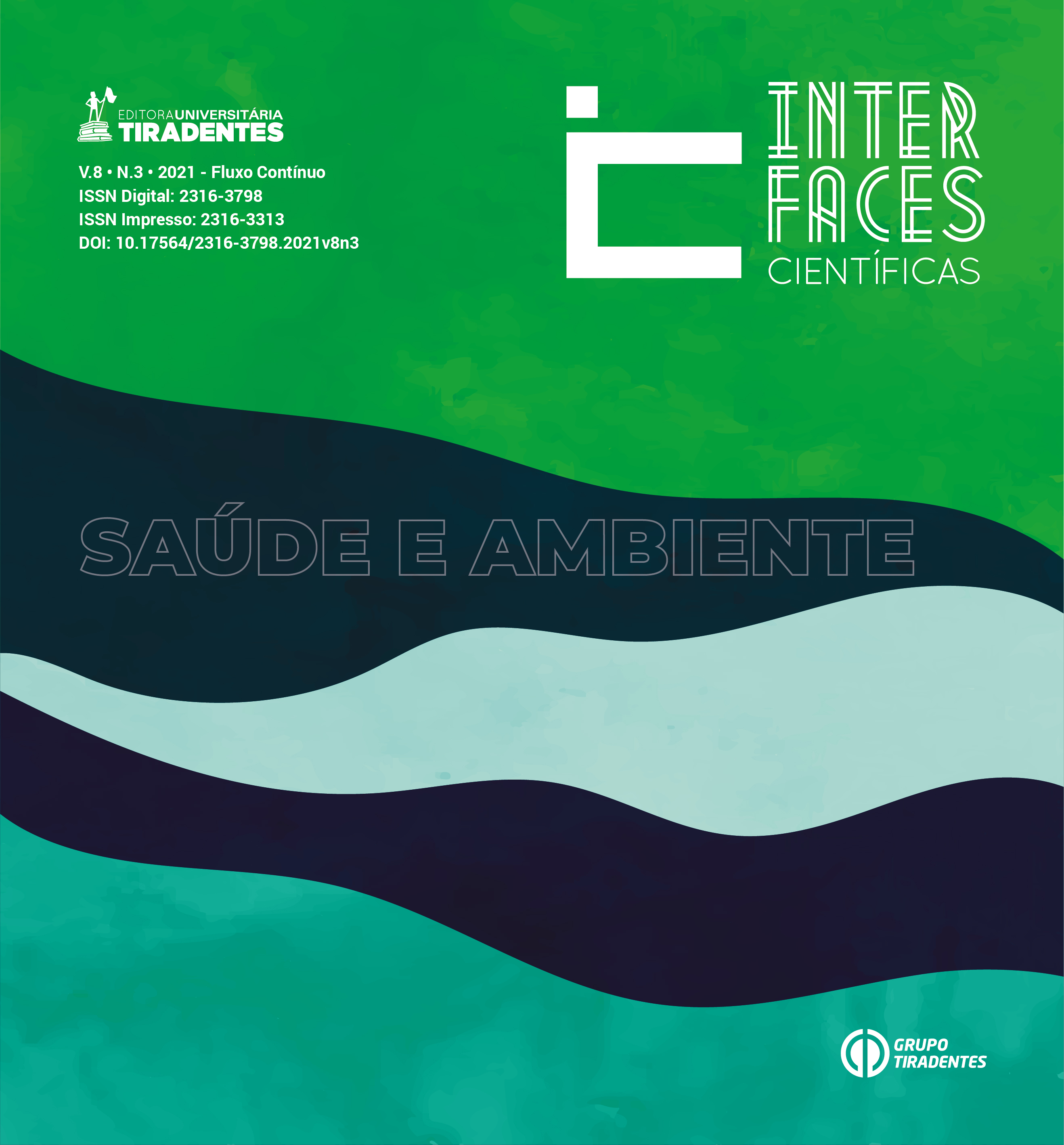MICROBIOLOGICAL EVALUATION OF WATER FOR HUMAN CONSUMPTION: A STUDY IN A MARAJÓ ARCHIPELAGO COMMUNITY
DOI:
https://doi.org/10.17564/2316-3798.2021v8n3p409–421Published
Downloads
Downloads
Issue
Section
License
Autores que publicam nesta revista concordam com os seguintes termos:
a. Autores mantêm os direitos autorais e concedem à revista o direito de primeira publicação, com o trabalho simultaneamente licenciado sob a Licença Creative Commons Attribution que permite o compartilhamento do trabalho com reconhecimento da autoria e publicação inicial nesta revista.
b. Autores têm permissão e são estimulados a distribuir seu trabalho on-line (ex.: em repositórios institucionais ou na sua página pessoal), já que isso pode gerar aumento o impacto e a citação do trabalho publicado (Veja O Efeito do Acesso Livre).
Abstract
The lack of basic sanitation is the main cause of contamination of the water destined to the human supply and 16,7% of the population doesn’t have treated water. The water is one of the means of pathogenic microorganisms’ transmission that can trigger the dissemination of water-related diseases in the population, which causes great impact in the public health, and microbiological evaluation of water from indicators of coliforms contamination, is very important. In this sense, the research aimed to analyze microbiologically the water for human consumption, indicating and quantifying the markers of fecal contamination. The water was collected at the first 6 residencies visited in the Santana do Arari community, in the municipality of Ponta de Pedras, Marajó-PA. The methodology used was the method of multiple tube and more probable numbers technique, divided in three stages: presumptive test, confirmatory test and phenotypic identification. The study revealed that 66,6% of the collected samples were positive result for totals coliforms and thermotolerants with phenotypic profile suggestive of Klebsiella pneumoniae, indicating that they are inappropriate for consumption, however, 33,4% of the samples complied with water potability standards of the water. So, it is conclued that the contamination for total and fecal coliforms of the water samples comes from probable contamination of the containers and absence of good hygiene practices.




















